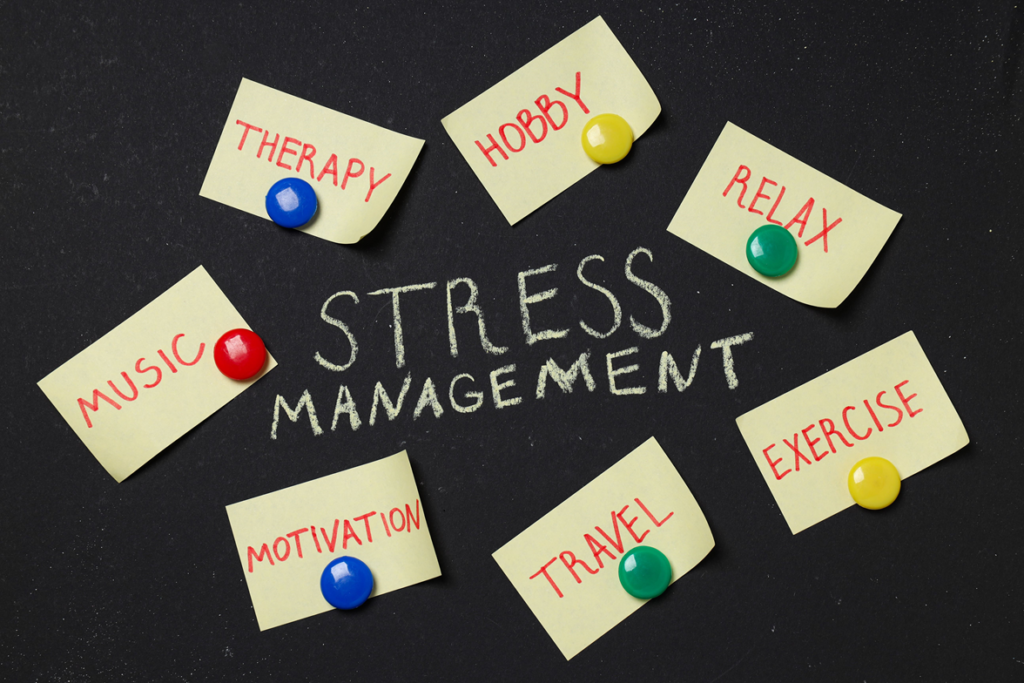
Employee burnout and stress are not new and have existed for years. Loss of composure and focus, and unproductivity are some indicators of burnout spreading across modern businesses.
Burnout is a state of physical, mental, and emotional exhaustion resulting from excessive stress. It is a gradual process and may be challenging to address and identify at an early stage. Burnout and stress can lead to anxiety, depression, and other disorders.
Schedule a call with a Pragati Leadership expert to discuss how we can support your strategic objectives.
Schedule your CallTo manage and prevent burnout, organizations must prioritize employee well-being. This includes offering support and other resources to enable their people to manage stress. The organizational environment must promote work-life balance and offer opportunities for their development and growth.
Symptoms of Employee Burnout
- Cynical attitude towards coworkers, workers, and the entire organization
- Emotional tiredness due to feelings of frustration and emptiness
- Increased irritability resulting in annoyance and dissatisfaction
- Depressive symptoms like loss of interest, hopelessness, and sorrow
- Health issues and decline in performance due to physical ailments resulting in gaps in their performance
Reasons for Employee Burnout and Stress
- Excessive workload without adequate resources and support may result in disorientation disrupting work-life balance and mental health
- Disengaged employees feel helpless and detached as they don’t have any autonomy and decision-making power
- Employees who feel unappreciated or undervalued are less motivated resulting in burnout and stress
- Unclear job responsibilities can be draining and demotivating as people don’t understand what is expected of them
- Effective communication is important and when this doesn’t happen, it can result in conflicts thereby increasing employee stress and burnout as employees may feel unsupported and isolated

Strategies to Manage Employee Burnout and Stress
Companies can adopt several strategies that effectively reduce employee burnout and stress. Some of these include:
Encouraging Work-Life Balance
People struggling to achieve a balance in their work and personal lives are often easily stressed and burnt out. Companies may offer flexible working hours, remote working, and additional benefits like vacation days to encourage work-life balance and reduce burnout.
Fostering a Support Organizational Culture
Most people management training programs provide ways to enable companies to foster a supportive culture. Some effective ways include encouraging teamwork, fostering a safe environment for open and honest communication, and providing opportunities for constructive feedback. When employees feel supported, it helps reduce burnout and stress.
Recognizing Hard Work
When people feel underappreciated or overlooked, it may result in burnout and stress. An efficient strategy to prevent this is recognizing the efforts and hard work of people and rewarding them to show appreciation. Some simple yet effective methods include verbal recognition, thank-you notes, and promotions.
Addressing Burnout and Stress Early
Organizations must monitor the workload and well-being of their personnel to identify possible symptoms of burnout and stress. Some indicators may include behavioral changes, decreased performance, more absenteeism, and disengagement. Companies may then address these issues and offer support through stress management leadership training programs, counseling, and time off.
Providing Growth Opportunities
When people feel stagnated or are not challenged, it may result in stress and burnout. To facilitate growth opportunities, companies may offer coaching, mentoring, and training programs that enable them to assume more responsibilities and bigger roles. Upskilling employees is not only beneficial for the individuals but can boost organizational growth and profitability.
Encouraging Social Connectedness
Companies must encourage social connectedness to foster a positive organizational culture and work environment. Some initiatives to encourage social connectedness include collaborative activities, team-building exercises, and open communication. These can help the employees develop a sense of belongingness ensuring they do not feel stressed or isolated.
Performance diminishes when employees are burnt out or stressed. It is a serious problem and must be diagnosed and resolved early. Creating a positive environment that allows the employees to thrive can prevent emotional exhaustion, stress, and burnout. Companies should offer a supportive organizational culture where everyone is encouraged to flourish in their careers. To know how, companies can prevent employee burnout and stress, connect with us today.
Discover effective strategies to manage employee burnout and stress with our expert people management training. Enhance your leadership skills and create a supportive work environment. Join Pragati Leadership‘s training programs today and lead your team to success! Contact us now!
Share on Social Channels
Our Categories
Categories
- Behaviorial (7)
- Blog (257)
- Certified People Manager Program (2)
- Coaching (8)
- Corporate Trainers (7)
- Developing Collaboration (12)
- Emotional Intelligence Training (12)
- Executive Leadership Program (28)
- First Time Manager Training (11)
- Growth Mindset Course (3)
- Inspirational Leadership (17)
- Inspiring and Successful Leadership Awards (16)
- Leadership Awards (37)
- Leadership Development (122)
- Leading Virtual Teams (6)
- Management Development (29)
- Marketing (2)
- Negotiation Skills Training (7)
- Organizational Transformation (24)
- Others (24)
- Stakeholder Management (3)
- Strategic Leadership Development Program (4)
- VUCA Leadership (2)
- Wholesome Leadership (23)
- Women Leadership (15)
Recent Insights
“Alone, we can do so little; together, we can do so much”. Every day, executive...
“Leadership is not about being in charge. It is about taking care of those in...
Workplaces have changed more in the past five years than in the two decades before...
“The single biggest way to impact an organization is to focus on leadership development”. Schedule...
Most people think success is about talent or being born naturally gifted. However, it is...
